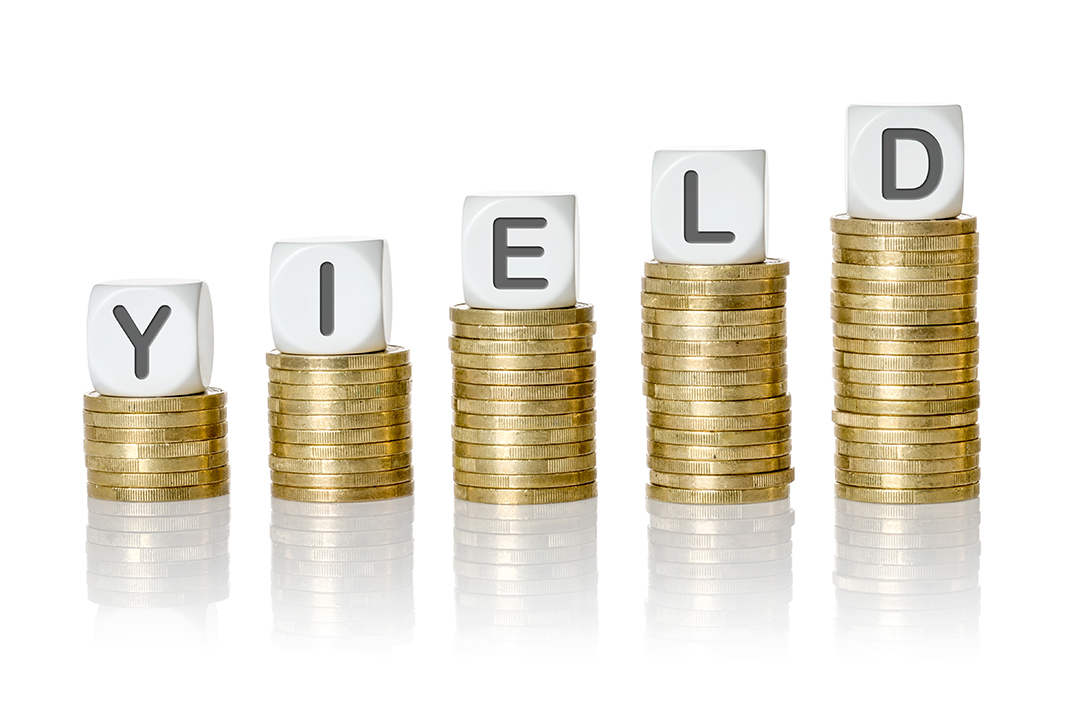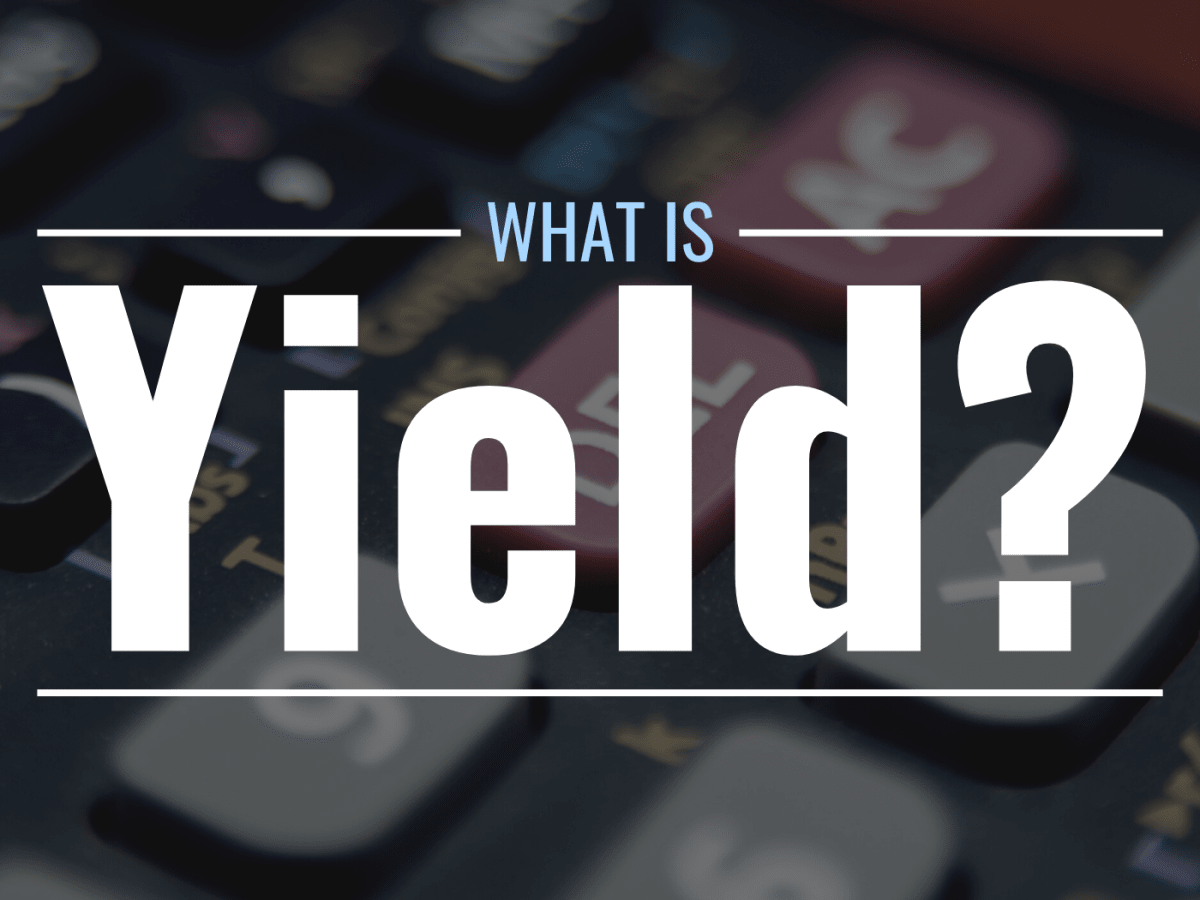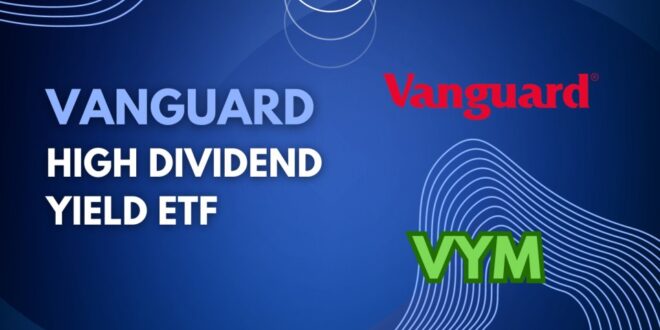When investors are searching for opportunities to generate income from their investments, one common strategy is to focus on stocks with high dividend yields. A high dividend yield can be appealing as it indicates a company is returning a significant portion of its profits to shareholders.
However, it is important to remember that a high dividend yield can sometimes be a warning sign rather than a green light. In some cases, a sky-high dividend yield could be a red flag that the company is struggling and may not be able to sustain its dividend payments in the long run.
This can lead to a decline in the stock price and potentially significant losses for investors. So, what happens when dividend yield is too high? Let’s explore the potential pitfalls of chasing after overly generous dividend yields in the stock market.
1. The Risks of Chasing High Dividend Yields

Investors are often lured in by the promise of high dividend yields, seeing them as a way to generate passive income and grow their portfolio. However, chasing after excessively high dividend yields can come with a significant amount of risk.
A company with an unusually high dividend yield may be struggling financially, leading to the possibility of a dividend cut or even suspension. This could result in a sharp decrease in the stock price, erasing any gains made from the high yield.
Additionally, companies with high dividend yields may also be highly leveraged, making them vulnerable to economic downturns or market fluctuations. It is essential for investors to carefully evaluate the financial health and stability of a company before being enticed by a high dividend yield, as the consequences of investing in unsustainable yields can be detrimental to their overall investment strategy.
Investors should exercise caution when considering investing in the highest dividend stocks, as these companies may be struggling to sustain their payouts and could be at risk of financial instability.
2. The Pitfalls of Investing in High Yield Stocks

Investing in high yield stocks can be tempting for those looking to quickly grow their wealth, but it can also come with its fair share of risks and pitfalls. While a high dividend yield may seem attractive at first glance, especially for those seeking passive income, it can be a warning sign that the company is struggling or in financial distress.
High yield stocks often come with higher volatility and uncertainty, making them more prone to stock price fluctuations. Additionally, companies with exceptionally high dividend yields may not have the financial stability to sustain those payouts in the long term, putting investors at risk of dividend cuts or even bankruptcy.
It’s important for investors to carefully consider the underlying financial health and stability of a company before getting lured in by a high dividend yield.
3. Understanding the Dangers of an Unsustainable Dividend Yield

Understanding the dangers of an unsustainable dividend yield is crucial for investors to avoid potential pitfalls in their investment decisions. A high dividend yield may initially seem appealing, as it offers the promise of generous returns.
However, if the yield is too high, it could signal underlying issues within the company such as financial distress or an inability to sustain the dividend payments over the long term. Companies with unsustainable dividend yields may be forced to cut or suspend dividend payments, leading to a decrease in stock price and potentially significant losses for shareholders.
It is important for investors to carefully evaluate the sustainability of a company’s dividend yield before making investment decisions to mitigate risks and secure long-term financial stability.
Conclusion
In conclusion, while high dividend yields may initially seem attractive to investors seeking income, it is important to be wary of excessively high yields, as they can often be a warning sign of underlying issues within a company. It is crucial for investors to conduct thorough research and analysis before making investment decisions, in order to avoid potentially negative consequences associated with excessively high dividend yields.
Ultimately, a balanced approach to investing that considers various factors beyond just dividend yield is crucial for long-term financial success.
 HQ Grande Prairie HQ Grandie Prairie is an online news portal aimed at providing latest day to day happenings of the World to its viewers.
HQ Grande Prairie HQ Grandie Prairie is an online news portal aimed at providing latest day to day happenings of the World to its viewers.

